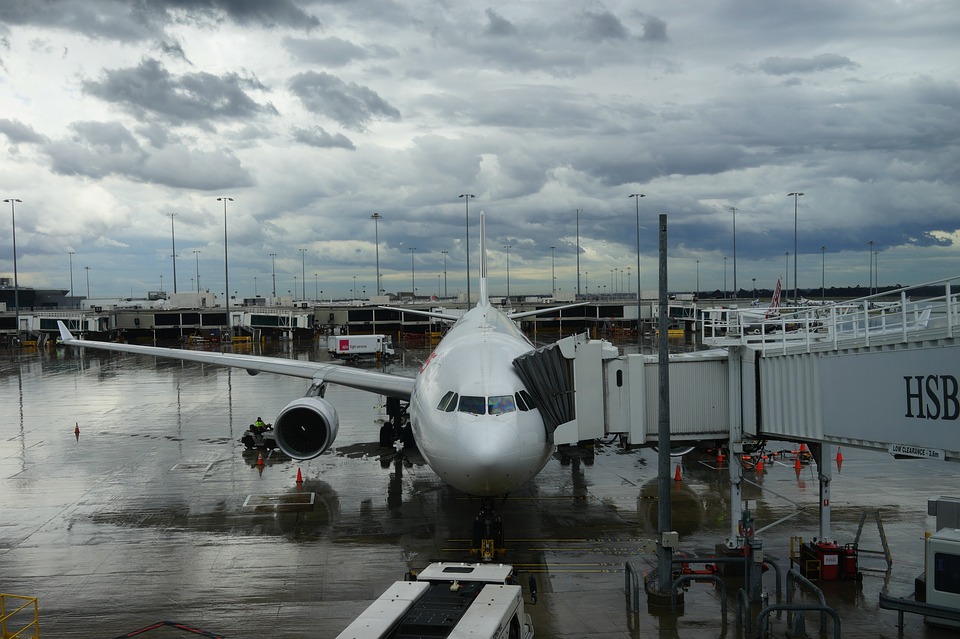Shift
Task Settings
Which tasks are assigned to the operators?
Include up to 15 task types from the list of provided tasks or add tasks.
Please include at least one task.
{{ task.name }}
5. Essential / interruptible
6. How frequently does this task occur for a {{textStrings.operator.toLowerCase()}}?
6. After {{ taskSettings.tasks[task.leadTask].name }} task arrives, when does this task follow?
7. When this task appears, how much time can it wait to be completed before it becomes invalid?
8. How long does it take a {{textStrings.operator.toLowerCase()}} to complete this task?
Which tasks are following this task?
Include up to 10 following task types from the list of provided tasks or add following custom tasks.
{{textStrings.operatorSettings}}
How many different teams of {{textStrings.operators.toLowerCase()}} are there?
How many {{textStrings.operators.toLowerCase()}} are in the flex team?
{{ team.name }}
2. Team Size
At least one active task/{{textStrings.fleet.toLowerCase()}} combo needs to be selected for this operator.
| {{fleet.name}} | {{textStrings.otherSources}} | |
|---|---|---|
| {{task.name}} |
| Task | Priority |
|---|---|
| {{task.name}} |
5. For every error, what is the chance that the team will catch it for each task?
{{task.name}}
Is this AI faster or slower than a human {{textStrings.operator.toLowerCase()}} to complete a task?
Does this AI more or less likely fail a task than a human {{textStrings.operator.toLowerCase()}}?
Does this AI more or less likely catch an error than a human {{textStrings.operator.toLowerCase()}}?
What tasks are this AI responsible for?
At least one task needs to be selected for this AI.
What is the level of this AI?
What is the level of this AI?
{{ textStrings.fleetSettings }}
{{ textStrings.qFleets }}
{{ fleet.name }}
2. {{ textStrings.fleet}} Size / Communication
At least one task needs to be selected for the fleet.
{{ ind + 1 }}
{{textStrings.otherSources}}
{{ ind + 1 }}
Review Settings
| Shift | |
|---|---|
| Type of simulation | {{globalSettings.simType}} |
| Shift Scheduled | {{globalSettings.numHours }} hours |
| Transitioning Period | {{hasTransitionForReview}} |
| Extreme Conditions | {{hasExogenousForReview}} |
| {{ fleetSettings.fleetTypes }} {{ textStrings.fleets }} with Other Sources | ||||||||||||
|---|---|---|---|---|---|---|---|---|---|---|---|---|
|
||||||||||||
|
||||||||||||
| {{ totalOperatorTeams }} {{ textStrings.operator }} Teams | |||||||||||||||||
|---|---|---|---|---|---|---|---|---|---|---|---|---|---|---|---|---|---|
| |||||||||||||||||
|
|||||||||||||||||
We simulated {{resultSettings.numReps}} days of dispatch operations during this {{resultSettings.hours}}-hour shift {{resultSettings.exoFactors}}. Here are your results on how each {{textStrings.operator.toLowerCase()}} and team spent their time at work, including a breakdown by task(s) and {{textStrings.fleet.toLowerCase()}}(s). In the next tabs, you should find results on errors and delays in performance.
{{ textStrings.operator }} Workload
Utilization (% busyness) represents workload. When an operator spends too much of their shift below 30% or too much time above 70% utilization, research has shown that they begin to underperform.
Most of the time, {{ resultSettings.busyTimePerOp }}. Continue below here to see what is contributing to your operators' busyness.
Breakdown of Time by Task per Team
{{ resultSettings.busyTimePerTask }}
Breakdown of Time by By {{ textStrings.fleets }} per Team
{{ resultSettings.busyTimePerFleet }}
Failed Task Analysis
| Missed Tasks | Incomplete Tasks | Failed Tasks and Not Caught | Failed Tasks and Caught | ||||||||||
|---|---|---|---|---|---|---|---|---|---|---|---|---|---|
| {{ textStrings.operator }} Team | Task Name | Cnt | Avg | SD | Cnt | Avg | SD | Cnt | Avg | SD | Cnt | Avg | SD |
{{ textStrings.operator }} Wait Time
Breakdown of Time by By Tasks Per Team
{{ resultSettings.waitTimePerTask }}
Breakdown of Time by By {{ textStrings.fleets }} Per Team
{{ resultSettings.waitTimePerFleet }}
Raw results of workload per day across all tasks over ten-minute intervals of each {{textStrings.operator}}'s shift.
Human error (failed tasks) by type per day, including a summary file across all days simulated.
A PDF of the three results pages.


